Industry Knowledge
What is Grow Tent Kit Accessories?
Grow tent kit accessories are a collection of equipment and supplies specifically designed to support indoor plant growth within a grow tent setup. These may include items such as lights, fans, ventilation systems, reflectors, ducting, timers, thermometers, hygrometers, nutrient solutions, and plant training tools. These accessories help to create an optimal growing environment for plants, including providing proper light, air flow, temperature and humidity control, and essential nutrients.
The composition of the Grow Tent Kit Accessories
The composition of a
grow tent kit accessories can vary depending on the brand, size, and type of grow tent setup, but typically it may include:
1. Grow lights: High-intensity discharge (HID) lights, LED lights, fluorescent lights, etc.
2. Ventilation systems: Inline fans, carbon filters, ducting, duct fans, etc.
3. Environmental control: Thermometers, hygrometers, temperature controllers, humidifiers, dehumidifiers, etc.
4. Reflectors: Air-cooled reflectors, wing reflectors, etc.
5. Growing mediums: Soil, hydroponic systems, grow trays, etc.
6. Irrigation equipment: Water pumps, timers, nutrient delivery systems, etc.
7. Plant training tools: Trellis nets, pruning shears, plant ties, etc.
8. Pest control: Neem oil, insecticidal soap, sticky traps, etc.
9. Additional accessories: Grow tent sheets, ropes, light hangers, and other miscellaneous items.
Having a good mix of these accessories will help ensure a successful indoor grow operation.
The role of the Grow Tent Kit Accessories
Grow tent kit accessories are products designed to enhance the performance and efficiency of a grow tent setup for indoor gardening. They serve various purposes, such as controlling the environment inside the tent, maintaining temperature and humidity levels, providing proper lighting and ventilation, and protecting the plants from pests. Some common grow tent accessories include fans, carbon filters, thermometers, hygrometers, ducting, light hangers, and plant trays. These accessories help optimize growing conditions and promote healthy plant growth, leading to better yields and improved quality of the crops.


 英语
英语 俄语
俄语 德语
德语 西班牙语
西班牙语 法语
法语



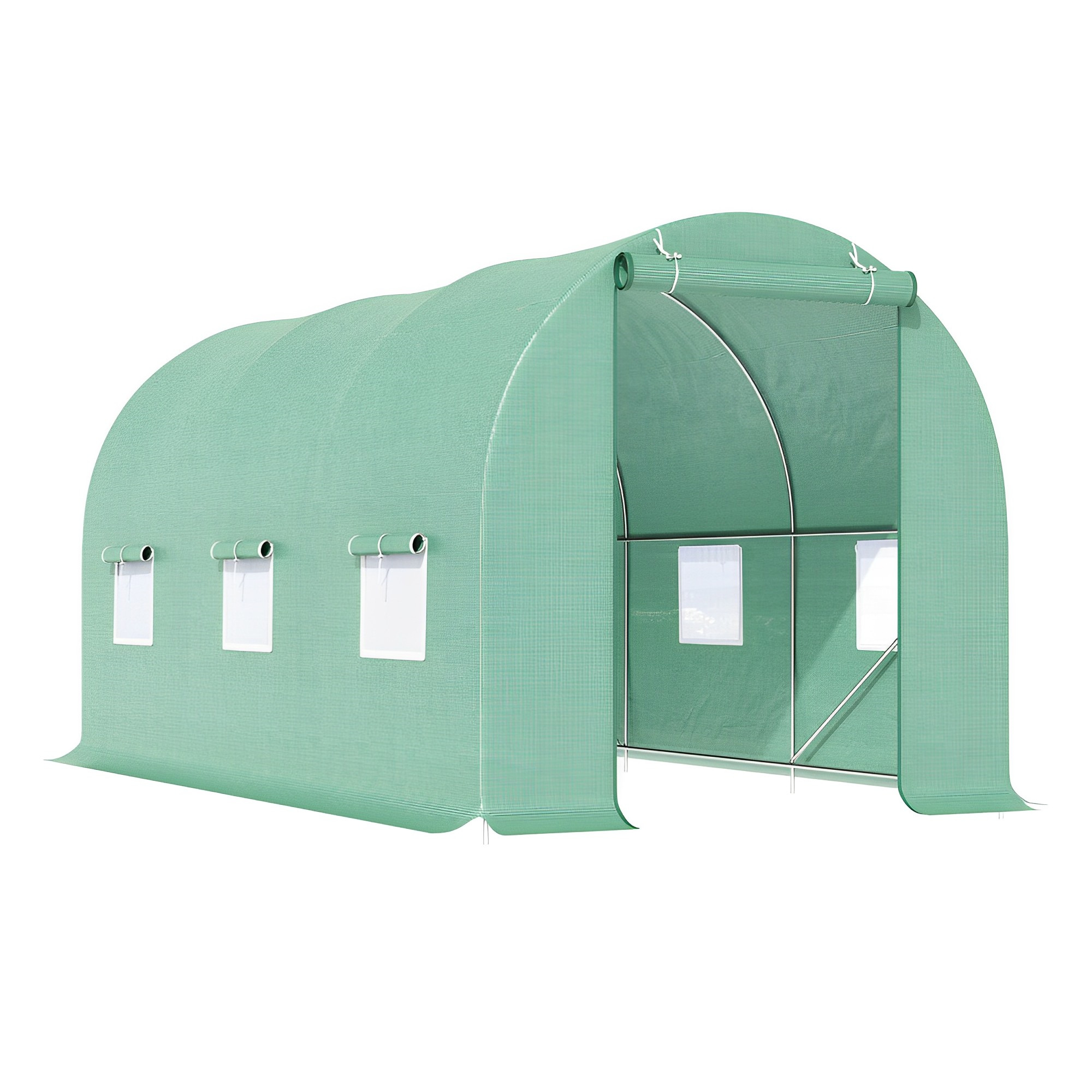
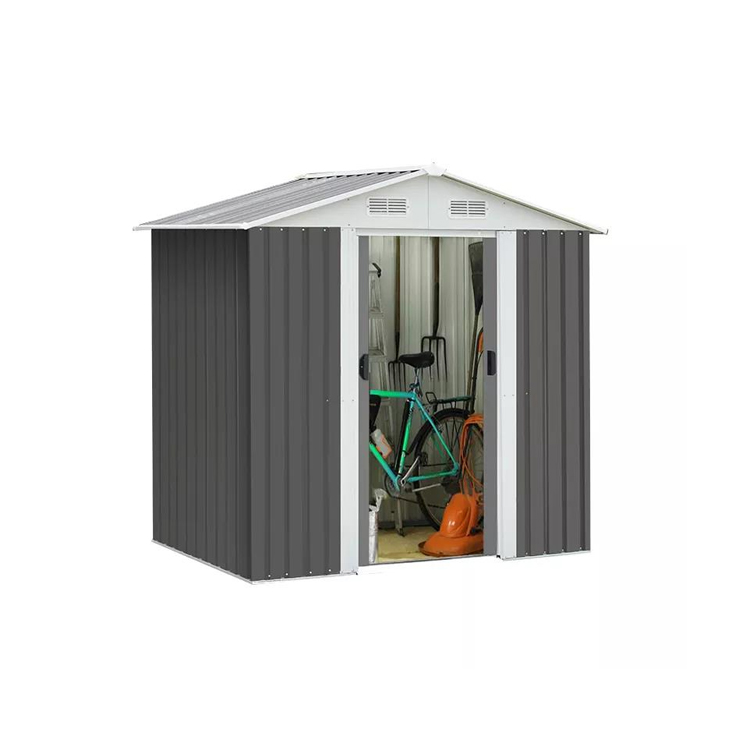

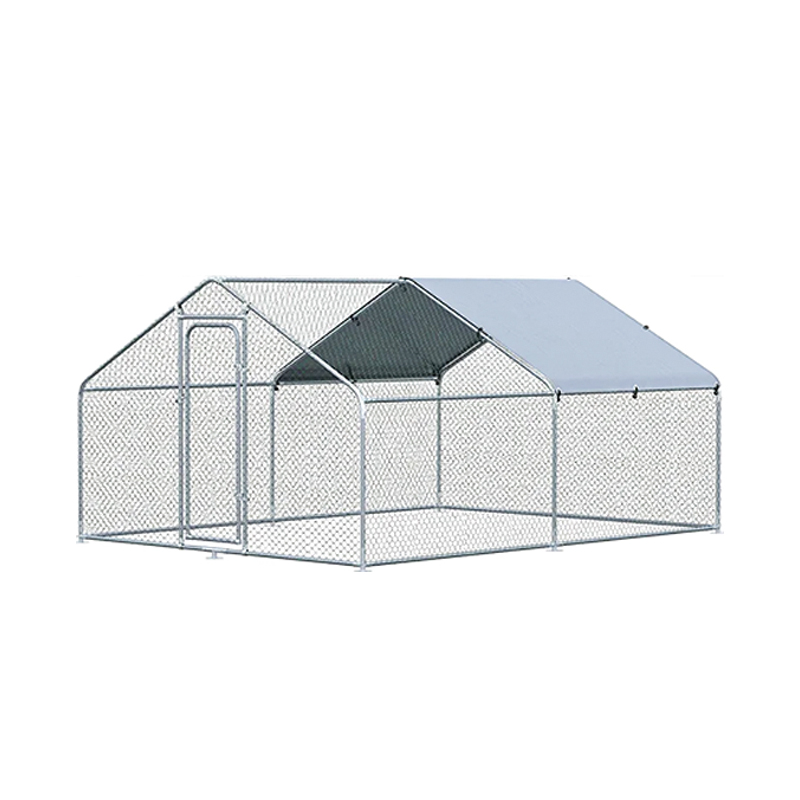

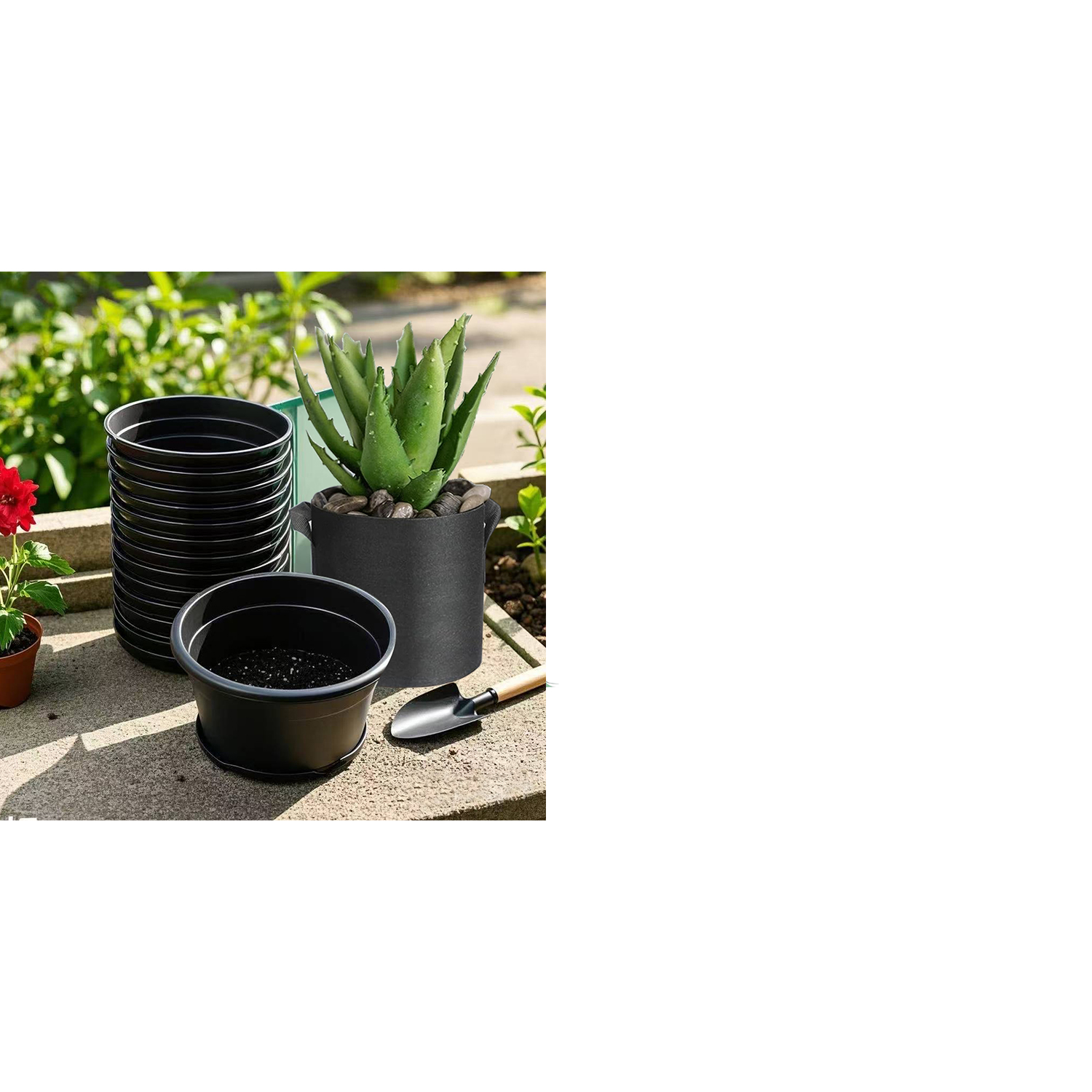



.jpg?imageView2/2/w/800/h/800/format/webp/q/75)

-1.jpg?imageView2/2/w/800/h/800/format/webp/q/75)
.jpg?imageView2/2/w/800/h/800/format/webp/q/75)
.jpg?imageView2/2/w/800/h/800/format/webp/q/75)


.jpg?imageView2/2/w/800/h/800/format/webp/q/75)



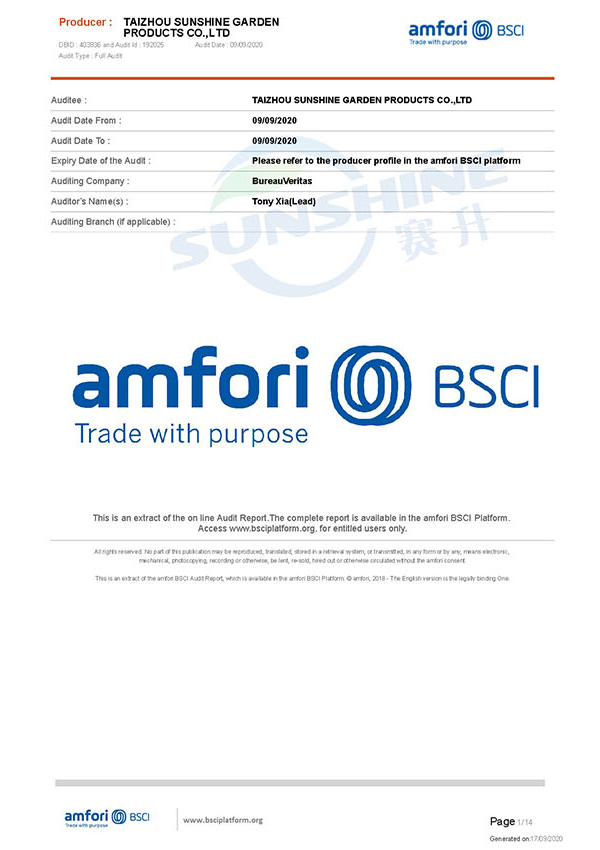
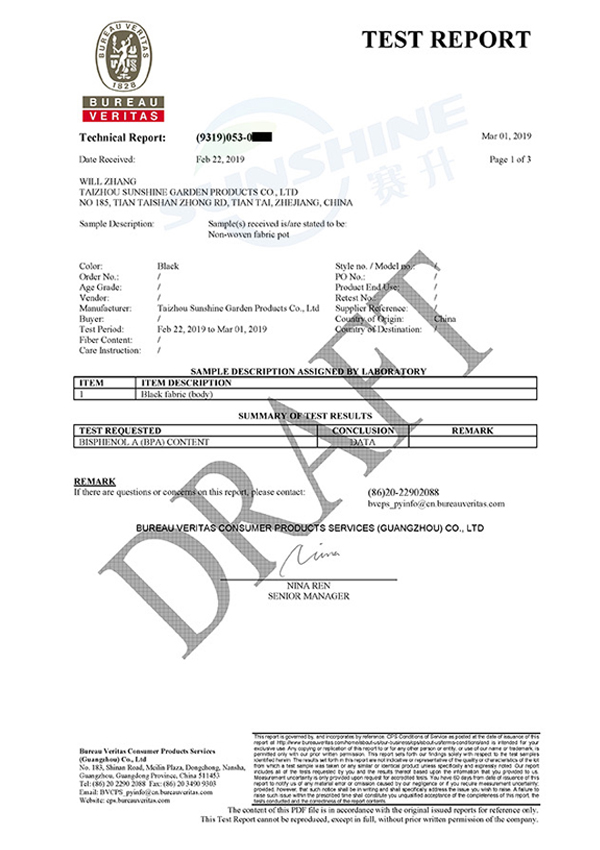
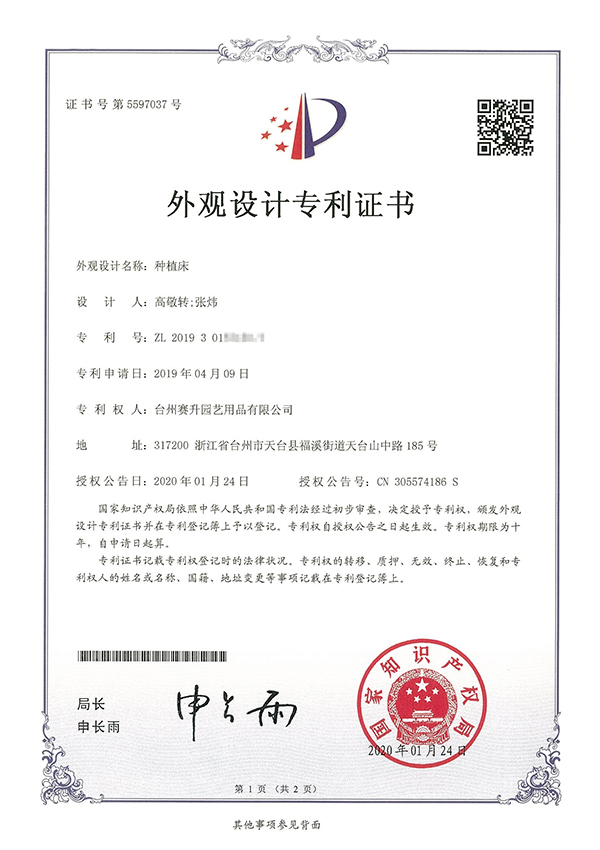
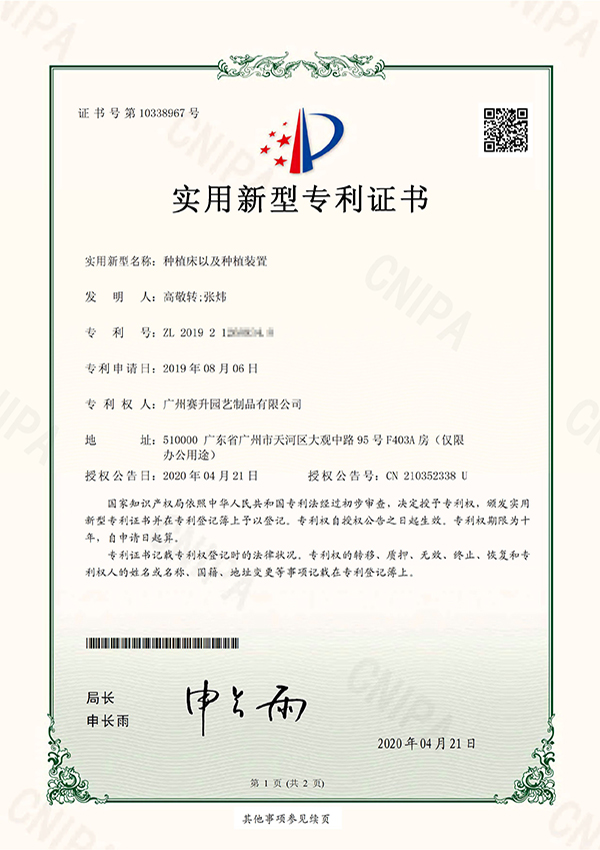
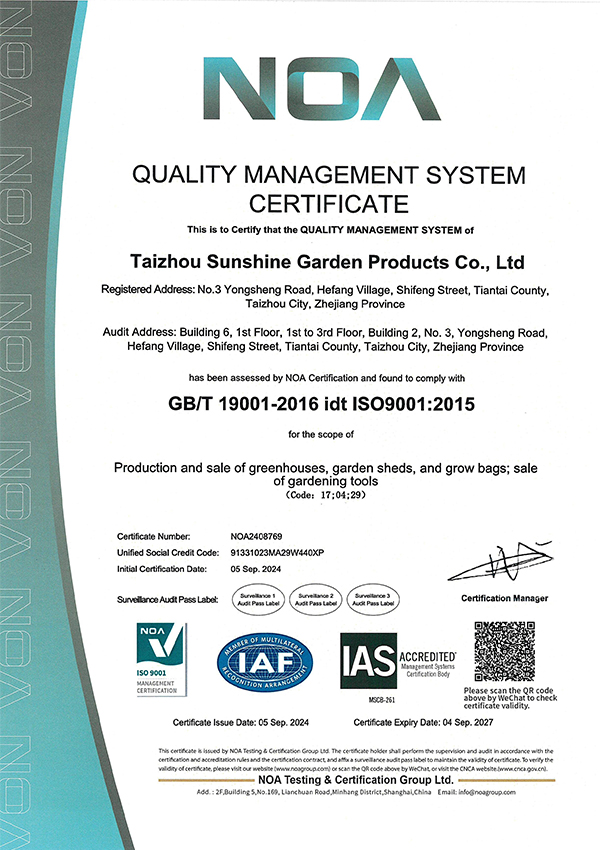
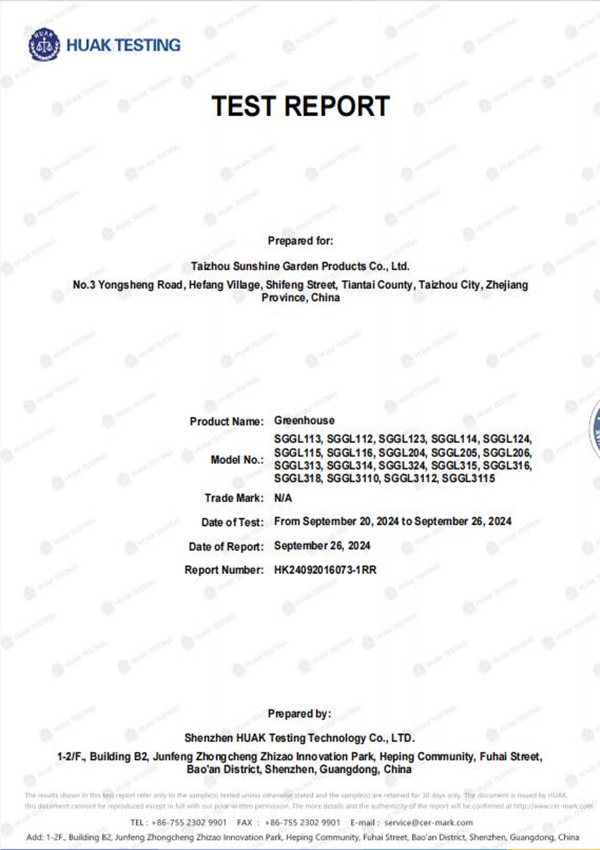
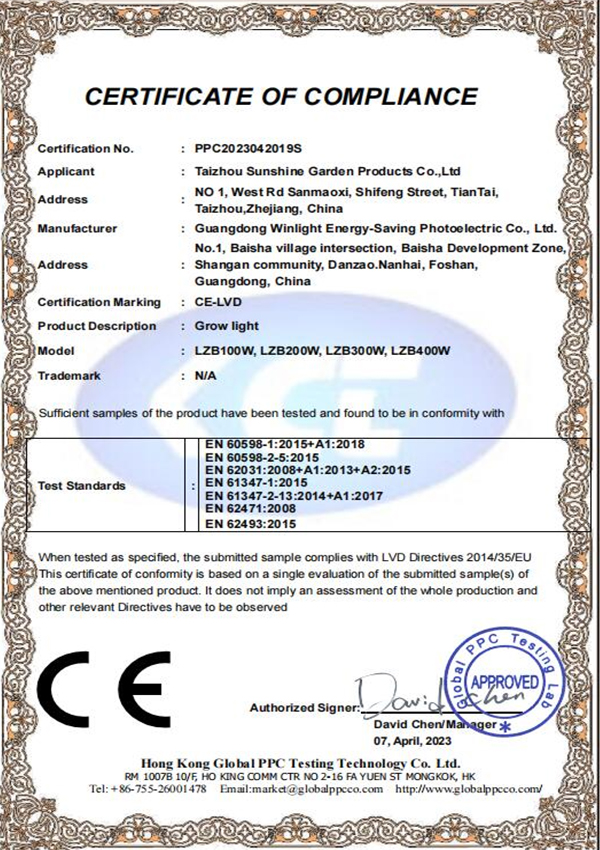
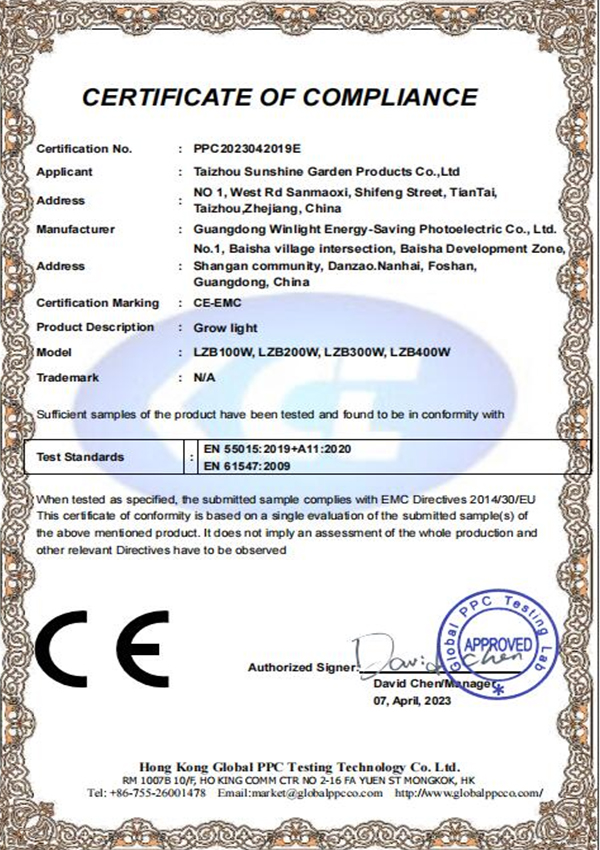
.png)
.jpg)
.jpg)
.jpg)
.jpg)
